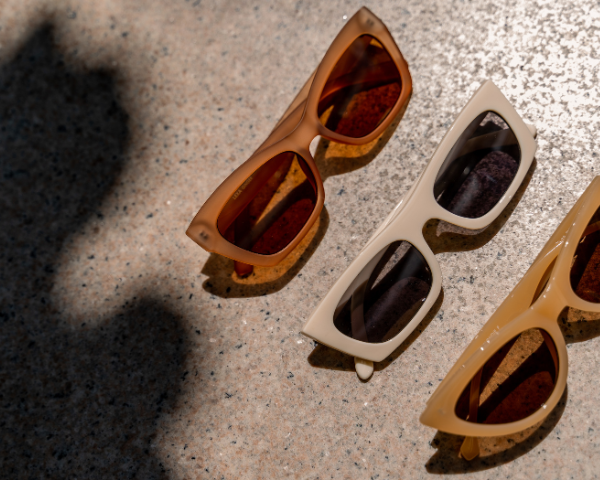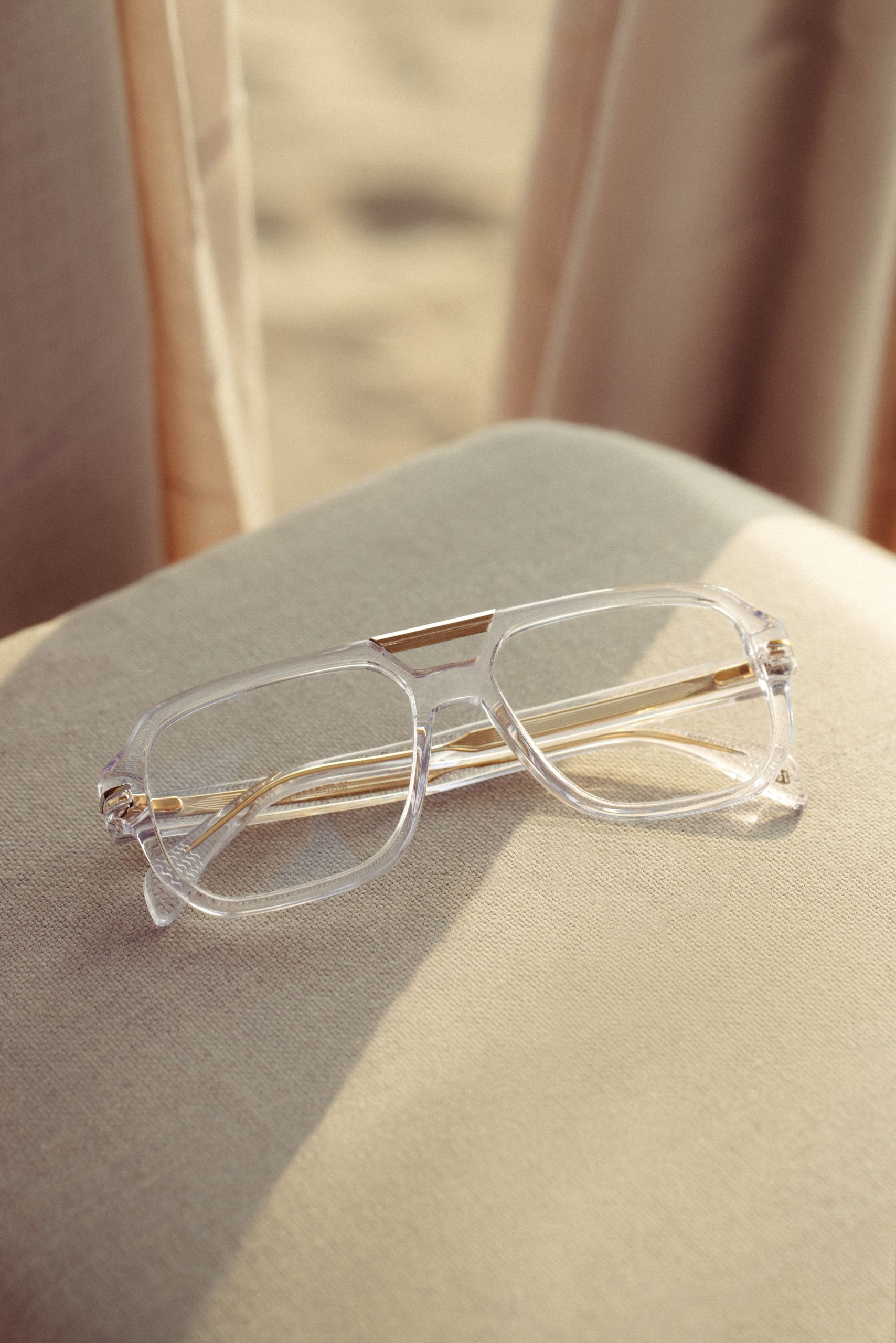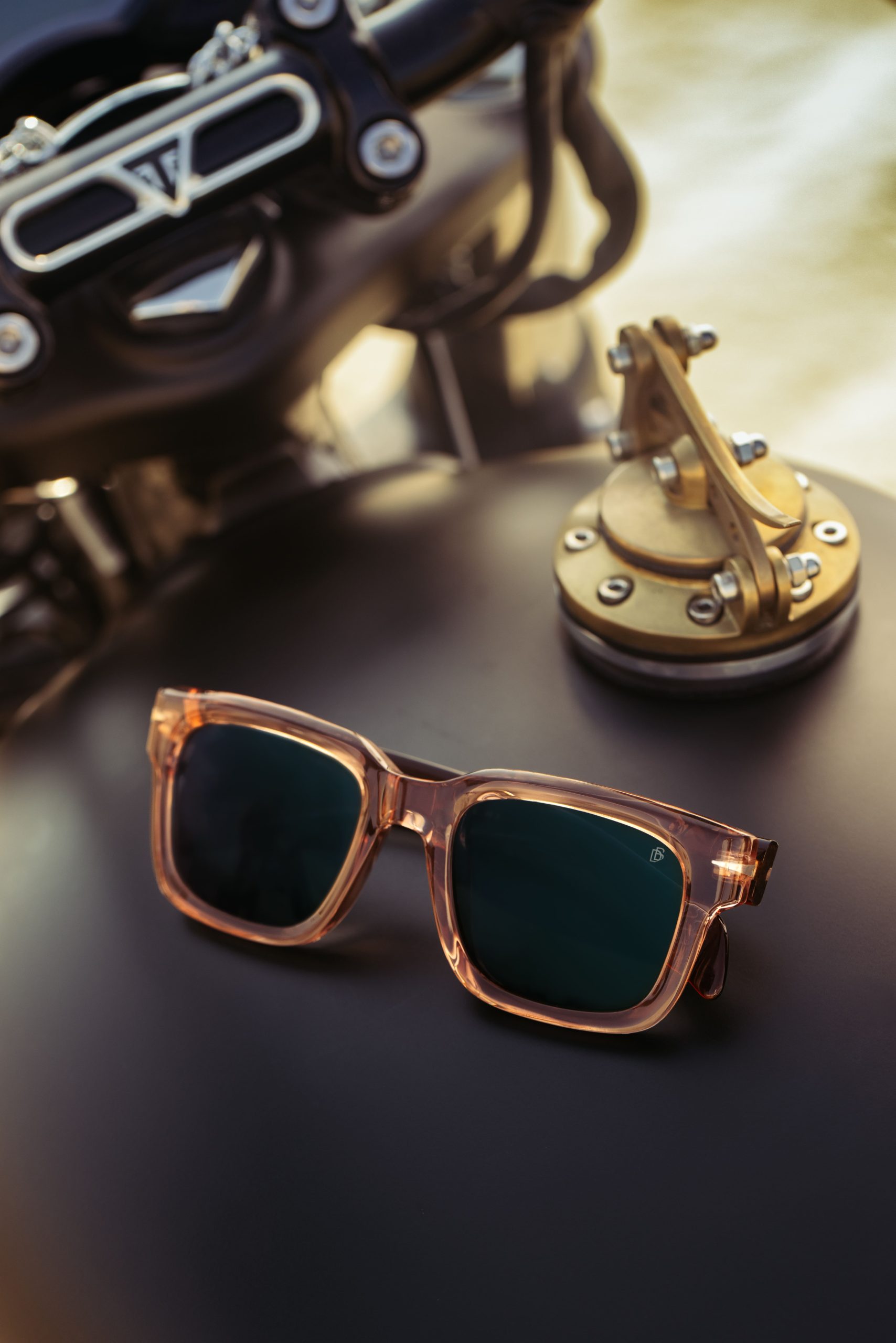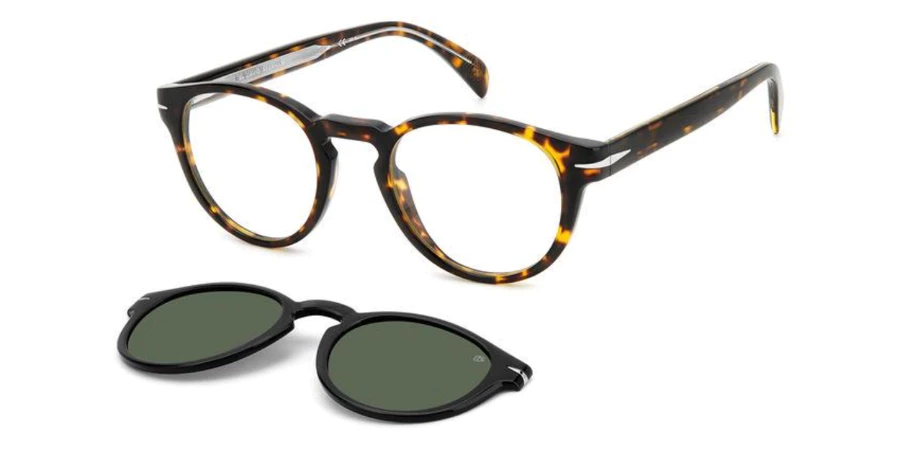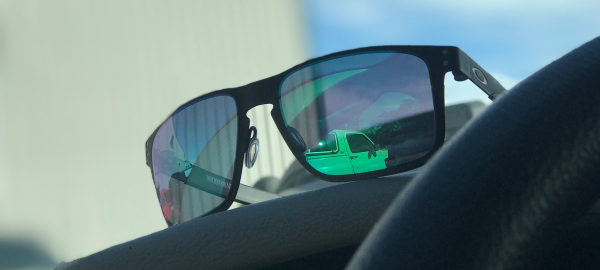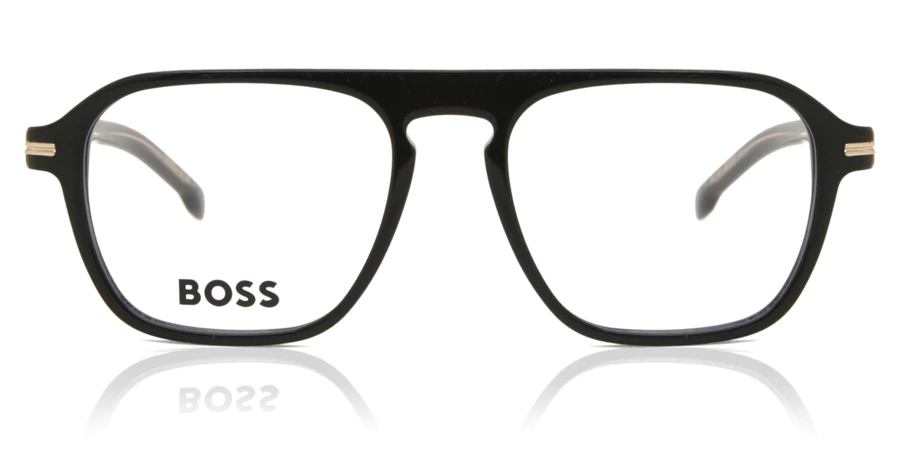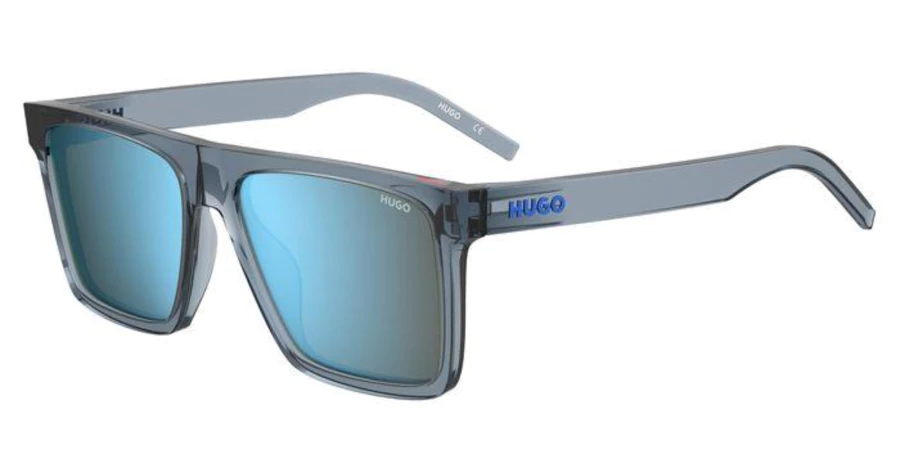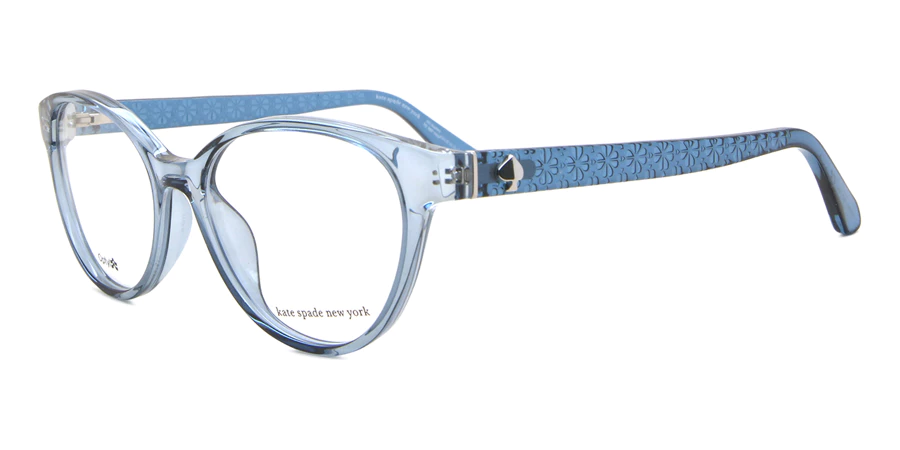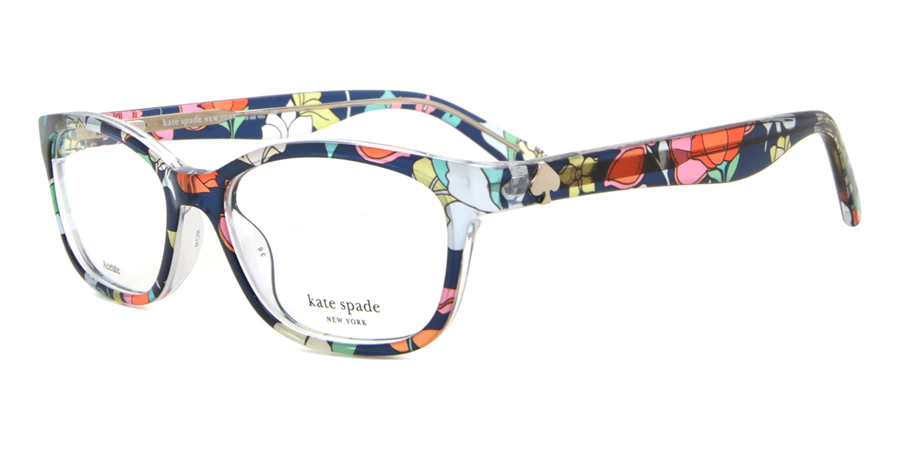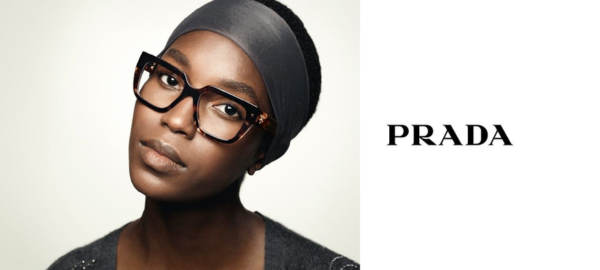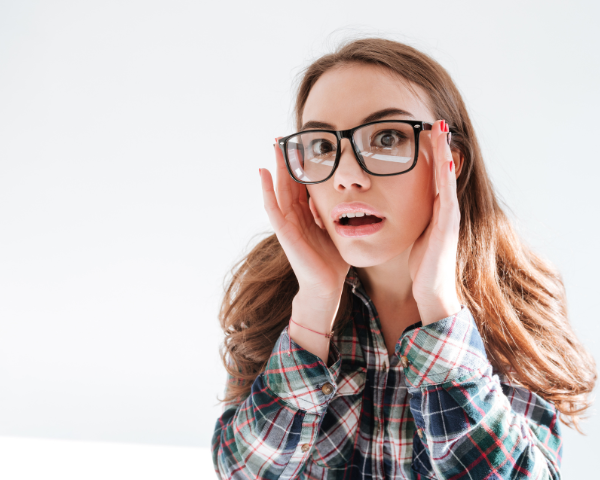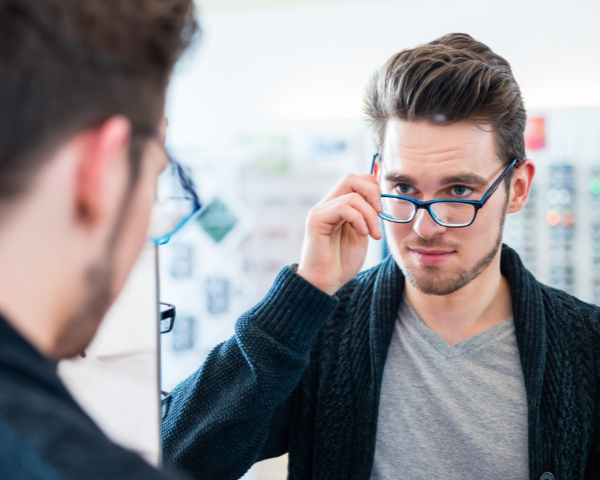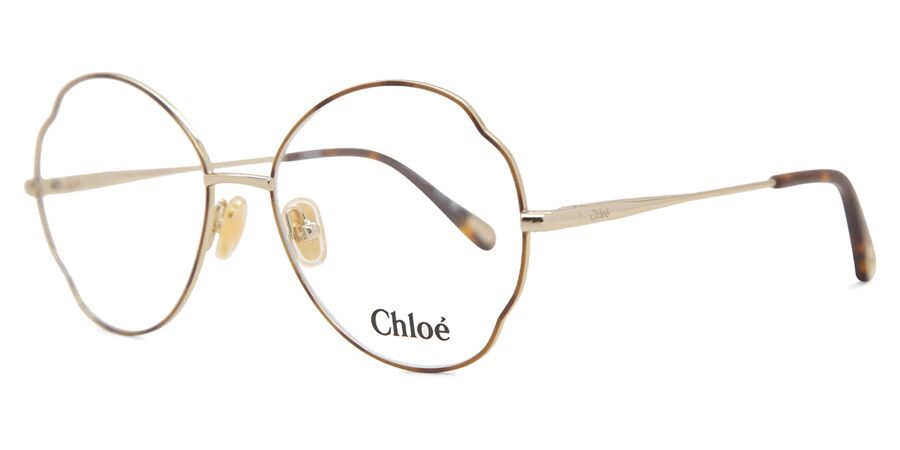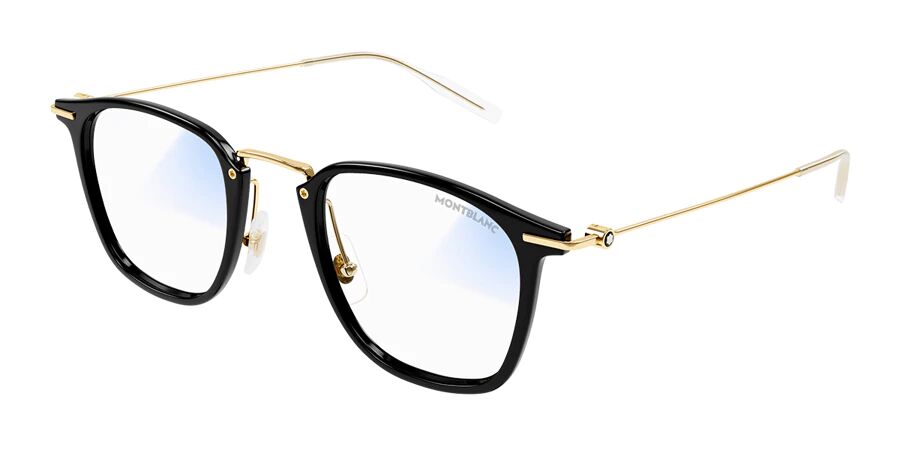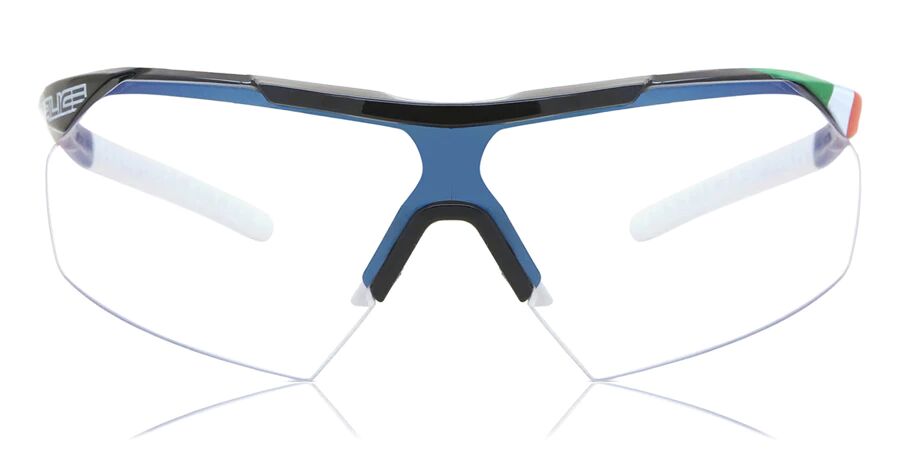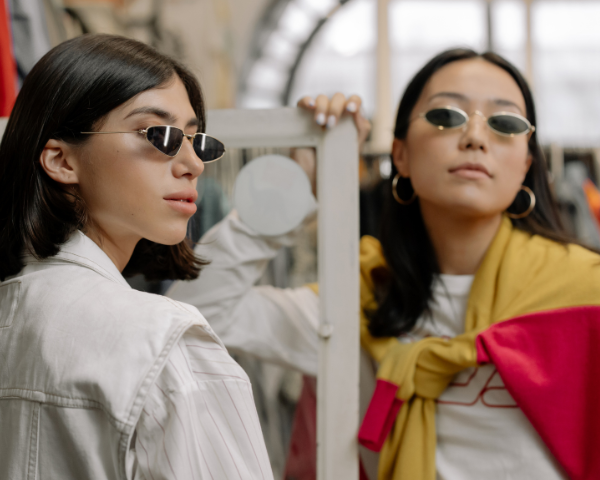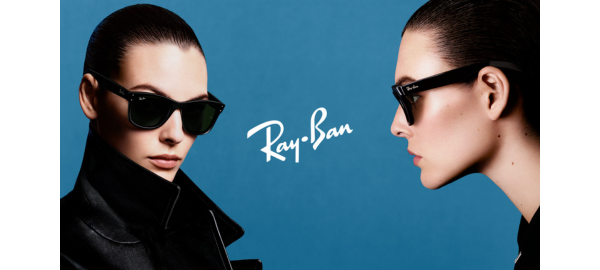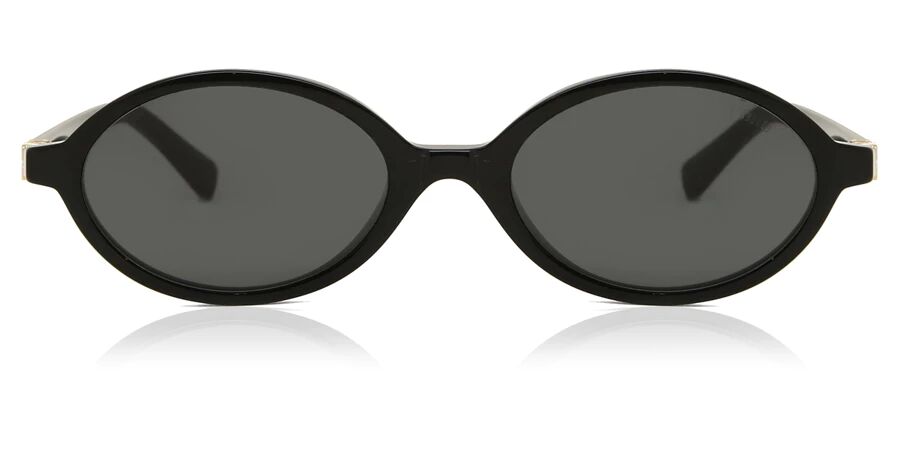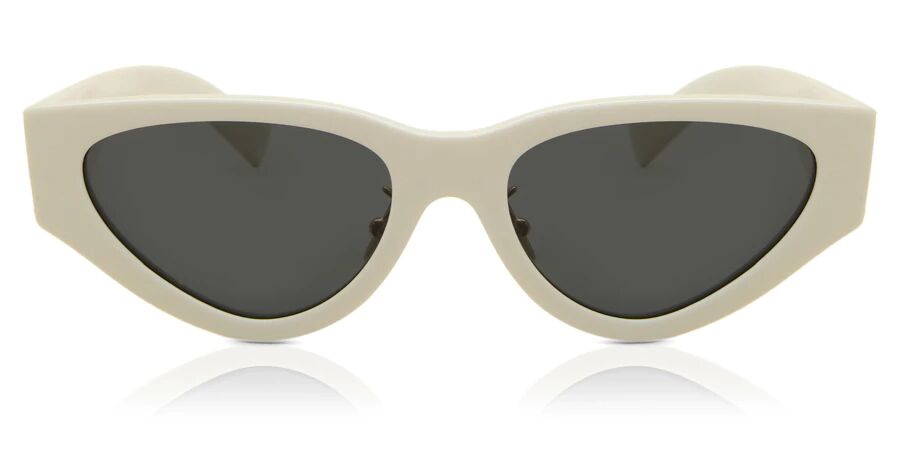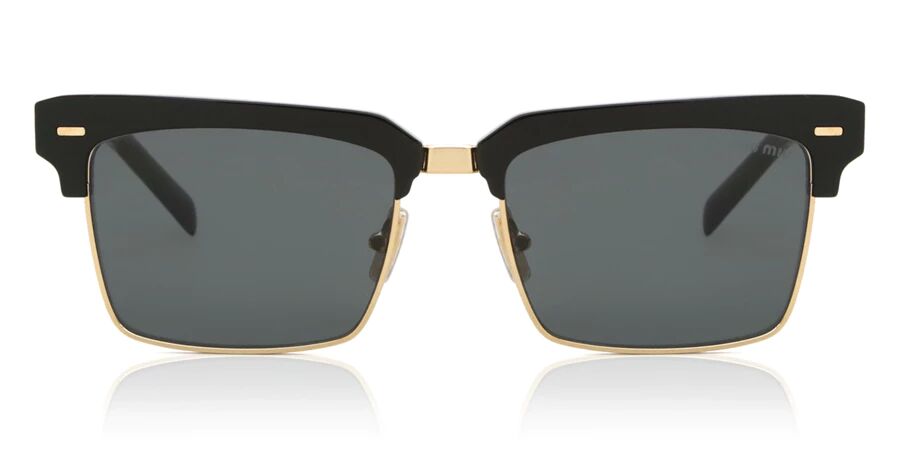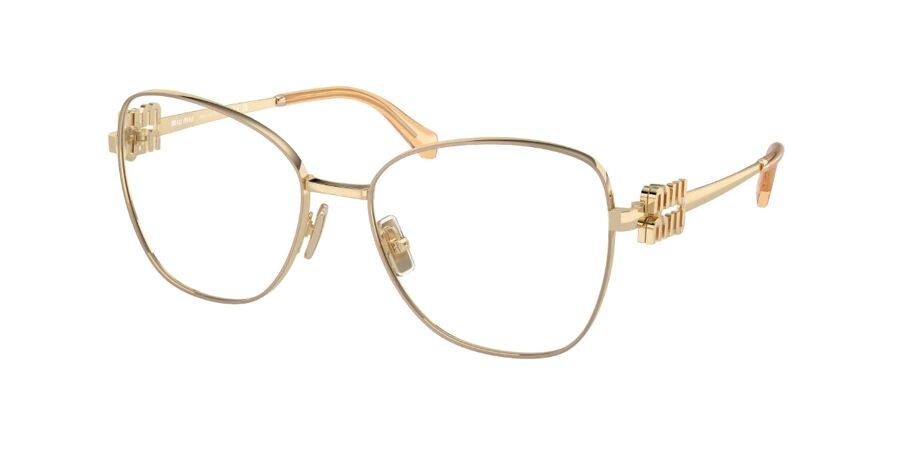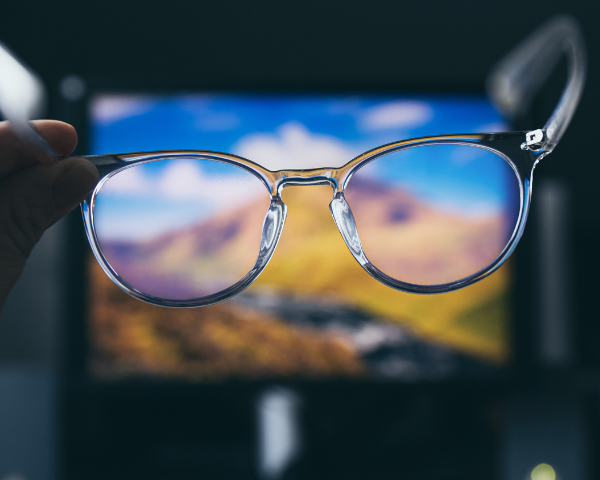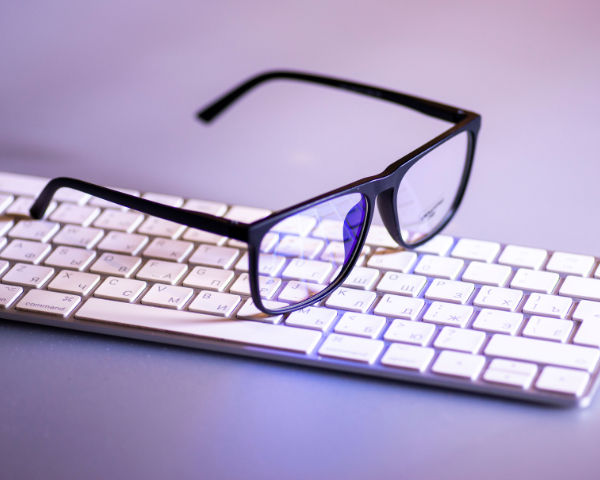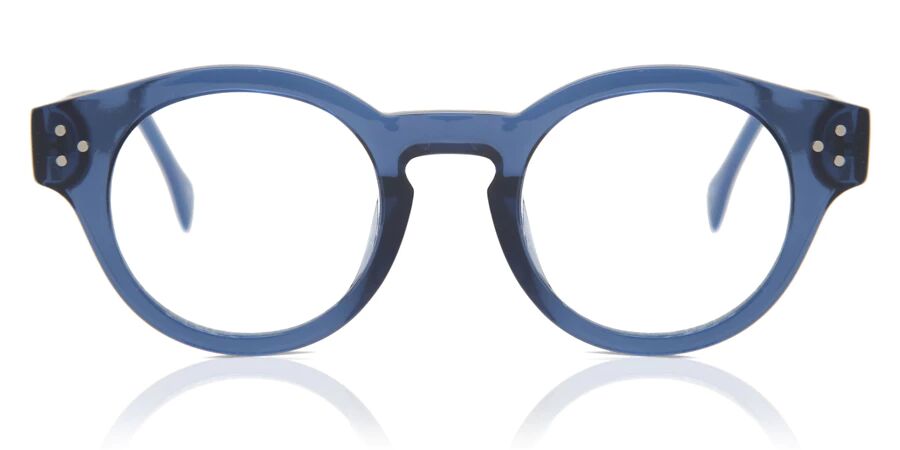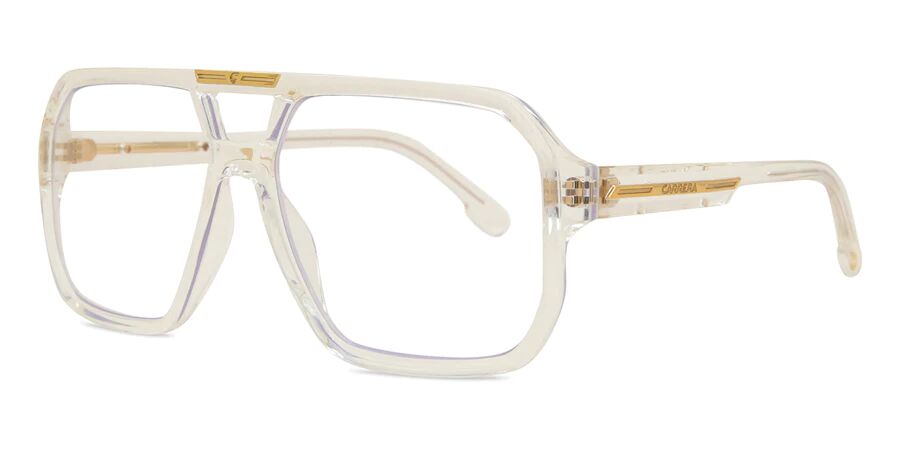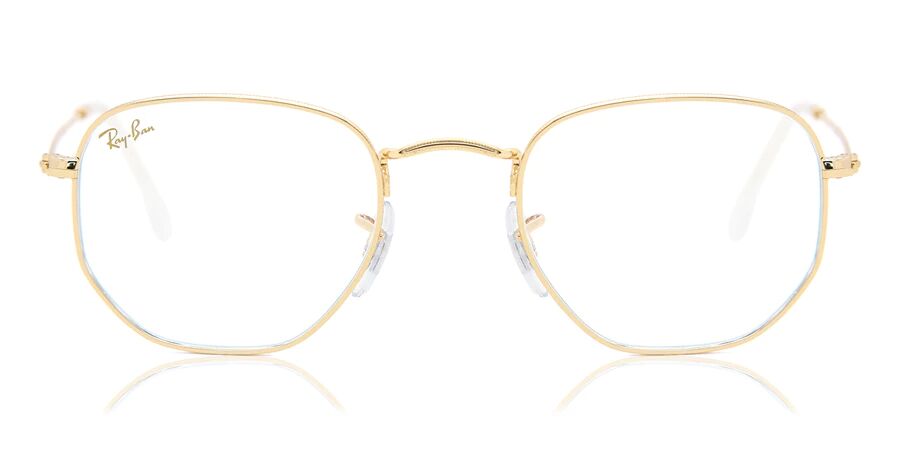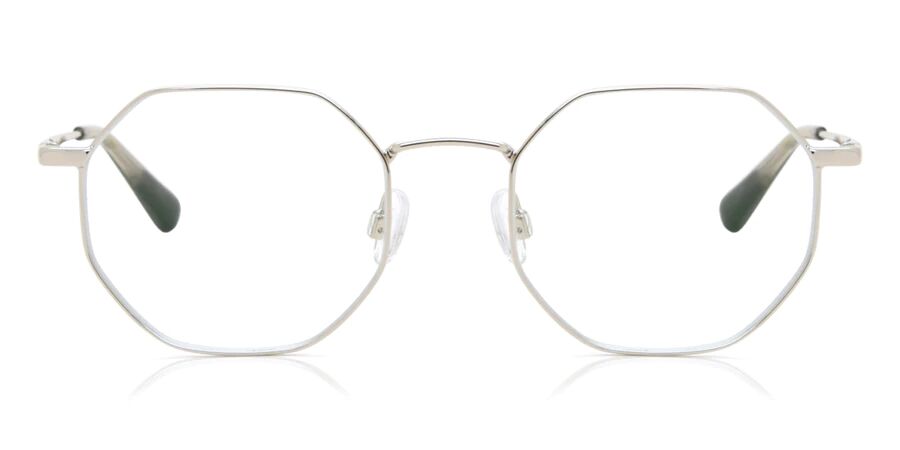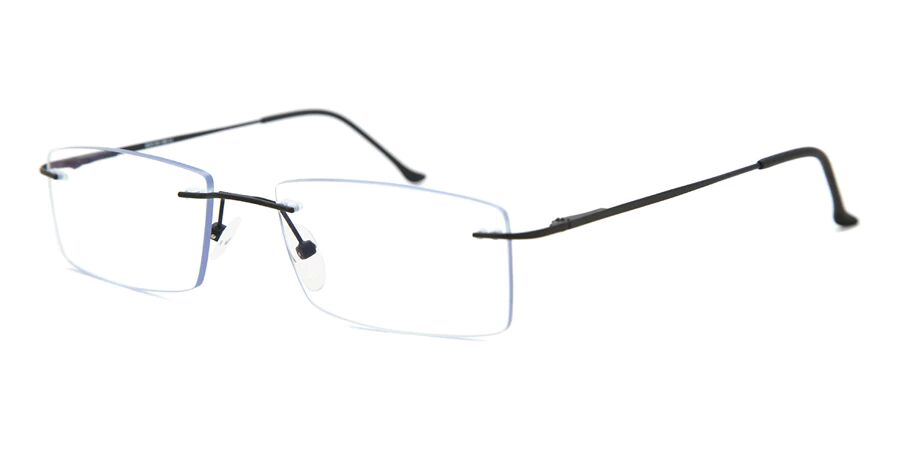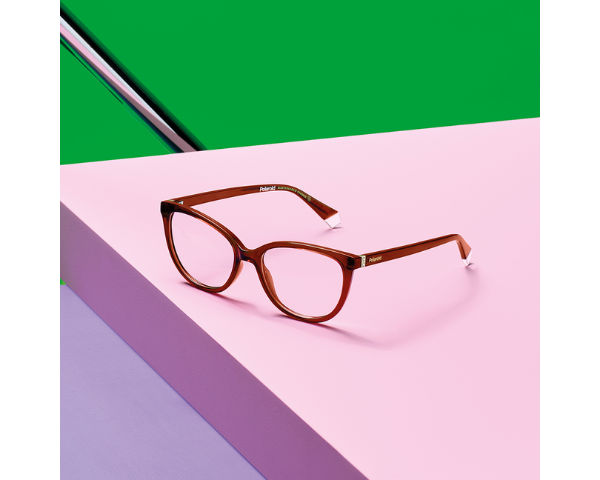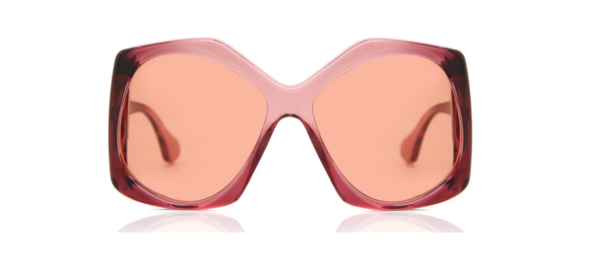Glasses: Myths and Misconceptions

Reviewed by
Beck Jinnette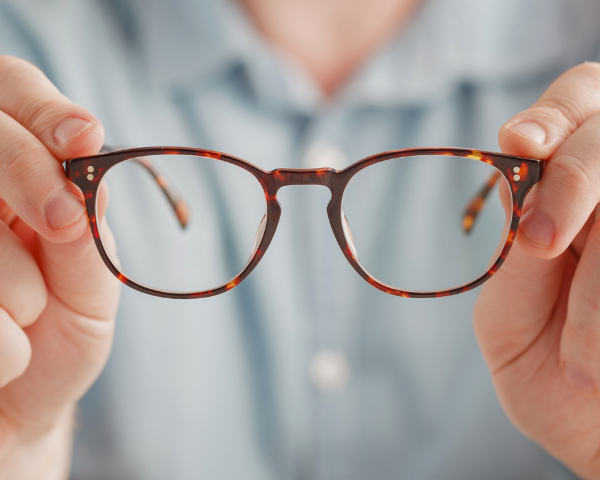
Myths and misconceptions have always been present throughout the centuries, regardless of discipline.
From science to common lifestyle activities, eye health and eyewear are certainly no exception and there are lots of things you may think are true that aren’t quite as they seem.
When it comes to your health, it is crucial to be well-informed in order to take proper care of it. It can be tempting to follow advice from peers and known figures, however, it is even more important to be certain of the accuracy of the information you have.
So let’s learn more about glasses myths and misconceptions about glasses, where they come from, and what the facts are.
Myth #1: Wearing your glasses constantly will worsen your eyesight
Wearing eyeglasses can be a fundamental part of the daily routine for many, as they correct refractive errors, such as astigmatism, myopia, hyperopia, and presbyopia, allowing people to see clearly.

Taking your first eyeglasses off after prolonged use might make you feel like your vision is worse than before. While understandable, it is no more than a temporary feeling.
Fact
When wearing glasses, the corrective lenses change the way light rays fall into the eye’s spectrum, ensuring clear vision without changing the eye’s structure in any way.
The temporary feeling that your eyesight is worse simply happens due to eye strain. This happens because your eyes’ suddenly have to put in additional effort to see clearly, when they were relaxed just moments before.
In addition to this, eyes naturally age, which causes glasses prescription to get stronger. This association can lead people to believe their eyes have gotten “lazy” when in reality it’s a natural occurrence, unrelated to glasses.
Neglecting to wear prescription glasses when required will only cause strain in your eyes and possibly lead to vision issues.
Myth #2: Reading glasses are for older people
It is, in fact, quite common for people to get their first pair of reading glasses between the ages of 41 and 60.
This happens because the internal lenses of your eyes start to naturally lose flexibility from that age, and require more effort to shift the focus from different distances.
That said, this doesn’t mean that only older people use reading glasses.
Fact
While there is a strong correlation between the likelihood of developing presbyopia and aging, individuals of all ages can require reading glasses or similar corrective support for close-up tasks.
Due to increased screen time and prolonged close-focus tasks, many younger adults, particularly those in their 20s and 30s, experience eye strain or visual fatigue and seek out visual aids.
In fact, about 41.6% of U.S. adults aged 18 to 44 already use some form of corrective eyewear.

For younger people, reading glasses can be beneficial for activities that require intense focus, helping to relieve strain and improve comfort when shifting focus during prolonged close-up work.
Given today’s high levels of digital device usage, digital eye fatigue has become a common issue amongst younger crowds.
Ultimately, wearable eyeglasses for reading or other corrective lenses aren’t just for older adults; they offer valuable support for anyone looking to alleviate eye strain and improve visual comfort.
Myth #3: Glasses are only for people with terrible vision
Eyeglasses are often associated with people with very high prescriptions, which can lead people to assume that glasses aren’t needed if their vision defect is minor.

Fact
Eyeglasses are used to correct a wide range of vision problems, from minor to severe. They can provide extra comfort for even slight refractive errors, improving the quality of life.
For instance, someone with a slight nearsightedness can have a much better experience with glasses when performing tasks that involve seeing further away, such as driving.
Additionally, nowadays there are many technologies that can improve eye comfort for those who require little to no prescription, such as blue light-blocking glasses to protect the eyes from digital strain and tints that protect the eyes from UV rays.
Myth #4: Always wearing your glasses will prevent your eyesight from getting worse
The idea that if you constantly wear your prescription eyeglasses your eyesight can’t decline is understandable. It’s reasonable to think that since it’s being continually protected, it won’t get worse. Unfortunately, this is not the case.
Fact
Glasses are used as a tool to correct vision problems, not to prevent them. There are several factors that affect your eyesight, such as genetics, aging and lifestyle choices.
While eyeglasses can’t prevent changes in your eye anatomy from occurring, they can provide you with vision correction, extra comfort and protection.
There are however other actions you can take to protect your eye health, so if you’re looking to prevent your vision from worsening, you should focus on healthy habits such as taking breaks from long close-up tasks and regular check-ups with your doctor.
DID YOU KNOW?
Eyeglasses have been around for over 700 years—the first pair was made in Italy in the 13th century.
Myth #5: Wearing the wrong prescription can damage your sight
Have you ever tried wearing someone’s glasses to see how strong they were? Or maybe to see how they would look on you? If the prescription was very incompatible with you, chances are you instantly experienced blurred vision and discomfort.
It is understandable why you would assume that no good can come from doing that, especially when it comes to your long-term eye health.

Fact
Although wearing the incorrect prescription can cause immediate strain, discomfort and even headaches, these are just temporary symptoms. Once you stop wearing those lenses, your eyes will return to normal, causing the vision distortion to stop.
The incorrect prescription will not cause any long-term damage. However, if you feel regular eye strain and discomfort, it is wise to check in with a doctor.
Myth #6: Blue light glasses can prevent all strain
Due to their rise in popularity, many think that blue light glasses are protective enough to stop any kind of eye strain from happening. Unfortunately, that is not the case.

Fact
The purpose of blue light glasses is to aid in reducing eye strain from extended digital use. It often occurs from reduced blinking, focusing at a fixed distance for long, and screen brightness. By limiting blue light exposure, your quality of sleep can improve.
However, eye strain can be caused by factors unrelated to blue light, such as performing close-up tasks for a long period of time or reading in a dark setting.
Luckily there are other ways to prevent eye strain. For instance, you can apply the 20-20-20 rule to take breaks from tasks that require prolonged focus –and adjust the light in the environment.
What you should really know about glasses
It is inevitable for common myths surrounding eyeglasses to exist. That said, regardless of what people may think they are actually powerful tools that have been helping people see clearly for centuries.
Designed to correct specific vision issues, they improve comfort and even contribute to overall eye health: they don’t worsen or improve eyesight over time.
Being well-informed about topics that can directly impact your health is essential for a higher quality of life. Ultimately, regular eye exams and healthy habits are essential to maintaining good vision.
Routine eye exams can help detect any changes in your prescription and make sure that it’s always updated to reflect your vision needs.
Alongside staying on top of your prescription, adopting healthy eye habits like managing screen time and resting your eyes can also contribute significantly to maintaining good vision throughout your life.
And if you still have doubts about any of these myths, don’t fret. Our opticians are here to help so feel free to ask them for any clarifications.
Related articles

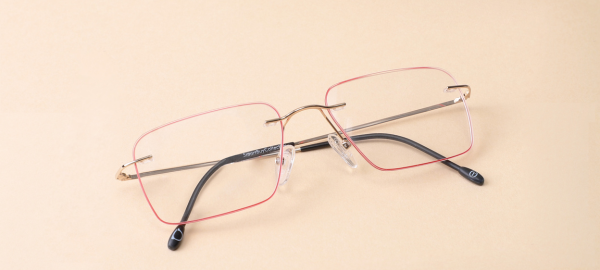
Related articles


Glasses: Myths and Misconceptions

Reviewed by
Beck Jinnette
Myths and misconceptions have always been present throughout the centuries, regardless of discipline.
From science to common lifestyle activities, eye health and eyewear are certainly no exception and there are lots of things you may think are true that aren’t quite as they seem.
When it comes to your health, it is crucial to be well-informed in order to take proper care of it. It can be tempting to follow advice from peers and known figures, however, it is even more important to be certain of the accuracy of the information you have.
So let’s learn more about glasses myths and misconceptions about glasses, where they come from, and what the facts are.
Myth #1: Wearing your glasses constantly will worsen your eyesight
Wearing eyeglasses can be a fundamental part of the daily routine for many, as they correct refractive errors, such as astigmatism, myopia, hyperopia, and presbyopia, allowing people to see clearly.

Taking your first eyeglasses off after prolonged use might make you feel like your vision is worse than before. While understandable, it is no more than a temporary feeling.
Fact
When wearing glasses, the corrective lenses change the way light rays fall into the eye’s spectrum, ensuring clear vision without changing the eye’s structure in any way.
The temporary feeling that your eyesight is worse simply happens due to eye strain. This happens because your eyes’ suddenly have to put in additional effort to see clearly, when they were relaxed just moments before.
In addition to this, eyes naturally age, which causes glasses prescription to get stronger. This association can lead people to believe their eyes have gotten “lazy” when in reality it’s a natural occurrence, unrelated to glasses.
Neglecting to wear prescription glasses when required will only cause strain in your eyes and possibly lead to vision issues.
Myth: #2 Reading glasses are for older people
It is, in fact, quite common for people to get their first pair of reading glasses between the ages of 41 and 60.
This happens because the internal lenses of your eyes start to naturally lose flexibility from that age, and require more effort to shift the focus from different distances.
That said, this doesn’t mean that only older people use reading glasses.
Fact
While there is a strong correlation between the likelihood of developing presbyopia and aging, individuals of all ages can require reading glasses or similar corrective support for close-up tasks.
Due to increased screen time and prolonged close-focus tasks, many younger adults, particularly those in their 20s and 30s, experience eye strain or visual fatigue and seek out visual aids. In fact, about 41.6% of U.S. adults aged 18 to 44 already use some form of corrective eyewear.

For younger people, reading glasses can be beneficial for activities that require intense focus, helping to relieve strain and improve comfort when shifting focus during prolonged close-up work.
Given today’s high levels of digital device usage, digital eye fatigue has become a common issue amongst younger crowds.
Ultimately, wearable eyeglasses for reading or other corrective lenses aren’t just for older adults; they offer valuable support for anyone looking to alleviate eye strain and improve visual comfort.
Myth #3: Glasses are only for people with terrible vision
Eyeglasses are often associated with people with very high prescriptions, which can lead people to assume that glasses aren’t needed if their vision defect is minor.

Fact
Eyeglasses are used to correct a wide range of vision problems, from minor to severe. They can provide extra comfort for even slight refractive errors, improving the quality of life.
For instance, someone with a slight nearsightedness can have a much better experience with glasses when performing tasks that involve seeing further away, such as driving.
Additionally, nowadays there are many technologies that can improve eye comfort for those who require little to no prescription, such as blue light-blocking glasses to protect the eyes from digital strain and tints that protect the eyes from UV rays.
Myth #4 Always wearing your glasses will prevent your eyesight from getting worse
The idea that if you constantly wear your prescription eyeglasses your eyesight can’t decline is understandable. It’s reasonable to think that since it’s being continually protected, it won’t get worse. Unfortunately, this is not the case.
Fact
Glasses are used as a tool to correct vision problems, not to prevent them. There are several factors that affect your eyesight, such as genetics, aging and lifestyle choices.
While eyeglasses can’t prevent changes in your eye anatomy from occurring, they can provide you with vision correction, extra comfort and protection.
There are however other actions you can take to protect your eye health, so if you’re looking to prevent your vision from worsening, you should focus on healthy habits such as limiting screen use, taking breaks from prolonged close-up tasks and regular check-ups with your doctor.
DID YOU KNOW?
Eyeglasses have been around for over 700 years—the first pair was made in Italy in the 13th century.
Myth #5: Wearing the wrong prescription can damage your sight
Have you ever tried wearing someone’s glasses to see how strong they were? Or maybe to see how they would look on you? If the prescription was very incompatible with you, chances are you instantly experienced blurred vision and discomfort.
It is understandable why you would assume that no good can come from doing that, especially when it comes to your long-term eye health.

Fact
Although wearing the incorrect prescription can cause immediate strain, discomfort and even headaches, these are just temporary symptoms. Once you stop wearing those lenses, your eyes will return to normal, causing the vision distortion to stop.
The incorrect prescription will not cause any long-term damage. However, if you feel regular eye strain and discomfort, it is wise to check in with a doctor.
Myth #6: Blue light glasses can prevent all strain
Due to their rise in popularity, many think that blue light glasses are protective enough to stop any kind of eye strain from happening. Unfortunately, that is not the case.

Fact
The purpose of blue light glasses is to aid in reducing eye strain from extended digital use. It often occurs from reduced blinking, focusing at a fixed distance for long, and screen brightness. By limiting blue light exposure, your quality of sleep can improve.
However, eye strain can be caused by factors unrelated to blue light, such as performing close-up tasks for a long period of time or reading in a dark setting.
Luckily there are other ways to prevent eye strain. For instance, you can apply the 20-20-20 rule to take breaks from tasks that require prolonged focus –and adjust the light in the environment.
What you should really know about glasses
It is inevitable for common myths surrounding eyeglasses to exist. That said, regardless of what people may think they are actually powerful tools that have been helping people see clearly for centuries.
Designed to correct specific vision issues, they improve comfort and even contribute to overall eye health: they don’t worsen or improve eyesight over time.
Being well-informed about topics that can directly impact your health is essential for a higher quality of life. Ultimately, regular eye exams and healthy habits are essential to maintaining good vision.
Understanding how eyeglasses work can guide you to make better choices for your vision health.
Routine eye exams are essential to detect any changes in your prescription and make sure that it’s always updated to reflect your vision needs.
Alongside staying on top of your prescription, adopting healthy eye habits like managing screen time and resting your eyes can also contribute significantly to maintaining good vision throughout your life.
And if you still have doubts about any of these myths, don’t fret. Our opticians are here to help so feel free to ask them for any clarifications.
Related articles


Related articles













































